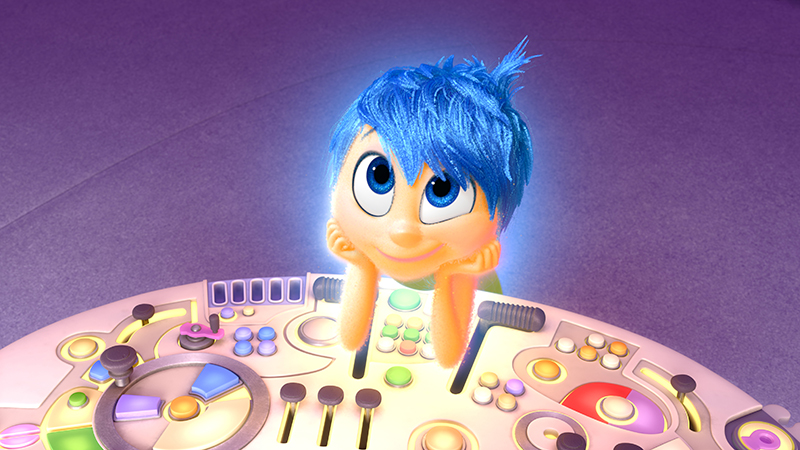- California Assembly OKs highest minimum wage in nation
- S. Korea unveils first graphic cigarette warnings
- US joins with South Korea, Japan in bid to deter North Korea
- LPGA golfer Chun In-gee finally back in action
- S. Korea won’t be top seed in final World Cup qualification round
- US men’s soccer misses 2nd straight Olympics
- US back on track in qualifying with 4-0 win over Guatemala
- High-intensity workout injuries spawn cottage industry
- CDC expands range of Zika mosquitoes into parts of Northeast
- Who knew? ‘The Walking Dead’ is helping families connect
‘Inside Out’ cast and director talk inspirations behind box office hit
By Tae Hong
Those voices in your head could be real. They could be the whispers of five emotions, each more vibrant than the last, pressing your buttons and storing your memories and controlling your decision-making.
It’s the premise taken by Disney/Pixar’s new coming-of-age feature, “Inside Out,” a journey through the mind of a young girl (Riley, voiced by Kaitlyn Dias) on the cusp of teenagedom as she and her family move to a busy, broccoli-pizza-touting San Francisco from an idealistic Minnesota suburb.
It opened last week to giant numbers, becoming the biggest original movie opening in history with more than $90 million in the domestic box office, according to Disney.
As Joy and Sadness travel through an apocalyptic disaster inside Riley’s head, from Imagination Land to a “Saturday Night Live”-esque showbiz dream factory via a literal Train of Thought, time ticks on our heroes — the emotions — as they race to save their girl’s crumbling state of mind.
The film is directed by Pete Docter, produced by Jonas Rivera and features a voice cast comprising of Amy Poehler (Joy), Lewis Black (Anger), Phyllis Smith (Sadness), Mindy Kaling (Disgust) and Bill Hader (Fear).
Docter, the co-director of the Academy Award-winning “Up,” said the film was inspired by his own daughter, Ellie, when she was about 11, Riley’s age.
“I don’t think there’s anything that’s impacted me nearly as strongly as having been a parent,” he said. “That experience just continues to inspire and challenge and move us in ways that everybody can resonate with.”
“From the minute they told me the idea, I was like, this film is going to be the best Pixar movie ever made, and it’s going to make the most money, and it’ll be the only good movie I’ve ever been in,” Poehler joked. “Joy has some characteristics like unrelenting energy and bossiness, perhaps, that Pete and Jonas thought I could pull off, maybe from the other characters that I’ve played. I think she likes living in the moment, and I like to think that I do that too. I aspire to be more like Joy.”
Docter, who said he first thought of optimism as an emotion before he learned it wasn’t one, relied on a large amount of research done by scientists to construct the film, especially that of Dr. Paul Ekman, who proposed that humans have six emotions. Of them, filmmakers took out surprise, he said.
Lewis Black, known for his ranting comedy, was the first voice actor cast. It was the most-coveted role, as it turned out — the rest of the cast chose Anger as the emotion they would choose to play if given a choice.
“Even while we were pitching [the film], we’d say, imagine the fun we’re going to have casting. We can get people like Lewis Black as Anger,” Docter said.
“I called Lewis. We pitched him the movie. We wanted him to play Anger. And he immediately said, ‘Great. Real stretch casting, guys. Brilliant,’” Rivera said.
Are there plans yet for a sequel, perhaps following Riley’s teenage years?
“Too scary,” Docter said.
“Yeah, that’d be a horror film, and we’re not brave enough,” Rivera laughed.
Hader pointed toward “Inside Out”’s exploration of a time in life that everyone goes through as a child.
“I wish I had [this movie] growing up. You look for answers, and you think you’re the only one going through that,” Hader said. “My life would have been easier, I think, if this movie existed when I was a kid.”

















